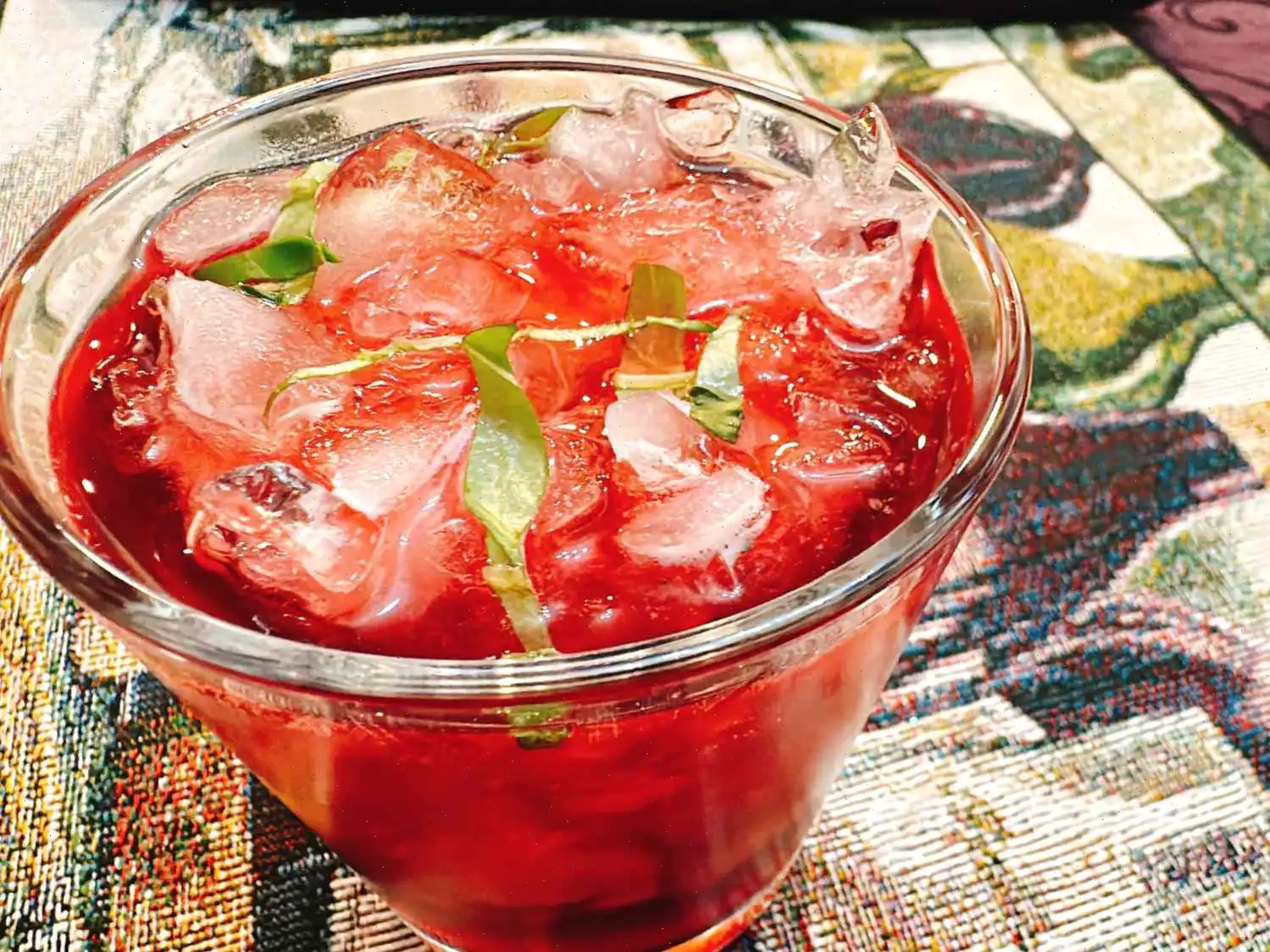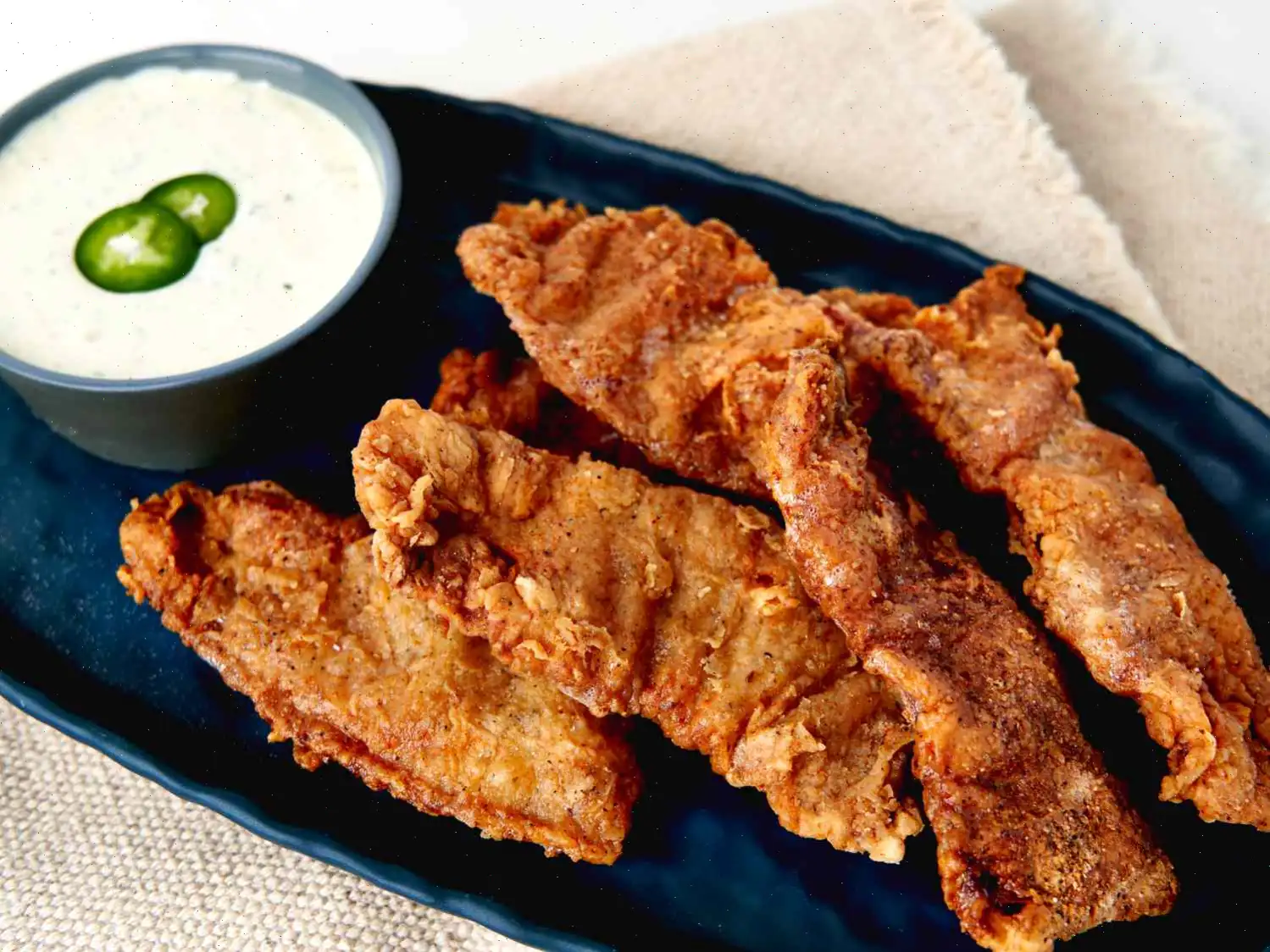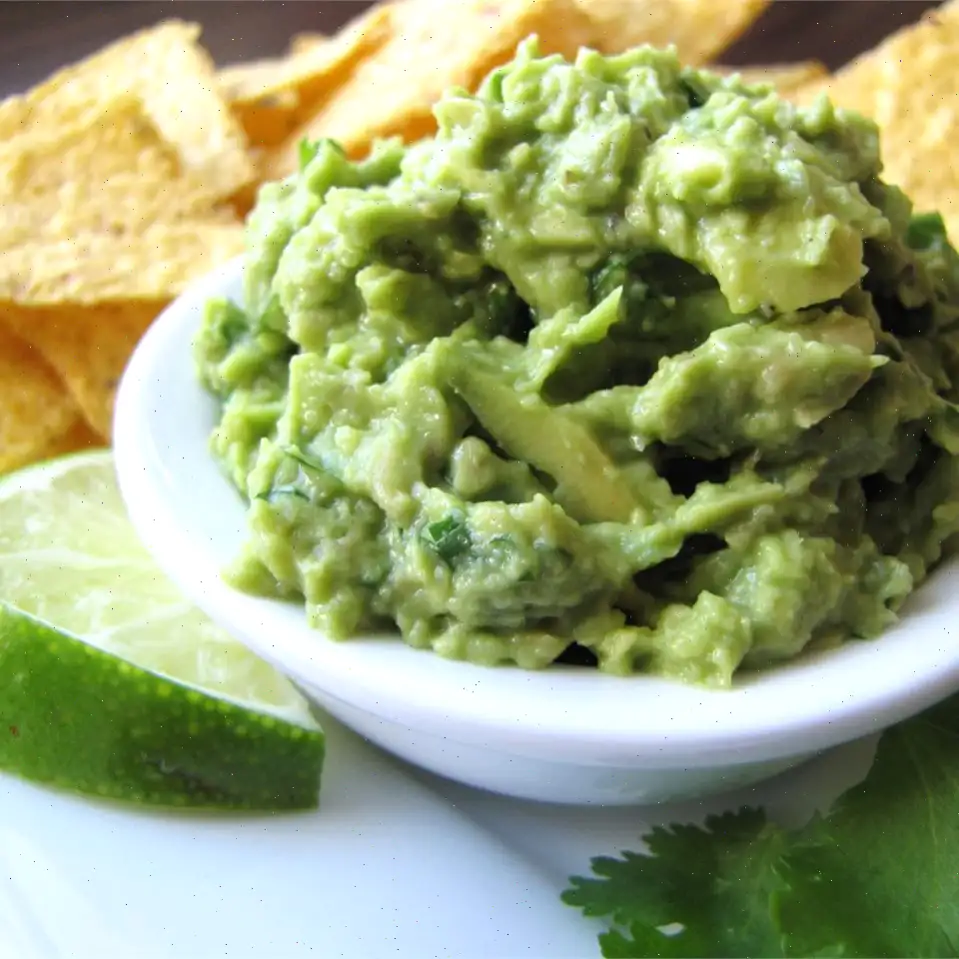
Chicken Liver Pate Recipe
Ingredients:
- 16 ounces fresh chicken livers, rinsed well and drained
- 8 tablespoons unsalted butter, softened, divided
- 1/4 cup minced shallots
- 1 clove garlic, minced
- 1 1/2 teaspoons dried thyme leaves
- 2 tablespoons dry sherry
- Salt and freshly ground black pepper to taste
- 2 tablespoons heavy cream, or more as needed
- 1 pinch ground nutmeg (optional)
Directions:
- Trim the chicken livers by removing any membranes. Dry them thoroughly with paper towels and set them aside.
- Melt 4 tablespoons of butter in a large skillet over medium heat. Add the minced shallots and garlic, sauting them until softened, which should take about 3 minutes.
- Add the chicken livers, thyme, dry sherry, salt, and pepper to the skillet. Increase the heat to medium-high. Cook the mixture, stirring occasionally, for about 3 to 4 minutes, or until the livers are just turning light pink in the center. If youre unsure, cut one liver in half to check the doneness.
- Transfer the cooked chicken livers and any remaining liquid to a food processor. Add the heavy cream, remaining 4 tablespoons of butter, and nutmeg (if using). Blend until the mixture is very smooth. If necessary, add a little more cream to achieve a good spreading consistency.
- Transfer the pt mixture to a bowl, cover it, and refrigerate for at least 3 hours or overnight to allow it to firm up.
- Serve the pt in small ramekins or jars. Garnish with your choice of herbs, spices, or other toppings as desired.
Cooks Note: If dry sherry is unavailable, you can substitute with marsala, madeira, brandy, port, or cognac for a similar depth of flavor.
Nutrition Facts (per serving):
| Calories | 216 |
| Total Fat | 17g |
| Saturated Fat | 9g |
| Cholesterol | 354mg |
| Sodium | 106mg |
| Total Carbohydrates | 2g |
| Dietary Fiber | 0g |
| Total Sugars | 1g |
| Protein | 14g |
| Vitamin C | 16mg |
| Calcium | 18mg |
| Iron | 7mg |
| Potassium | 179mg |
*Percent Daily Values are based on a 2,000 calorie diet. Your daily values may be higher or lower depending on your calorie needs.
Chicken liver pate is a smooth and creamy spread that is widely appreciated for its rich flavor and velvety texture. This delicacy has a long and fascinating history that traces its origins to French cuisine, where it is considered a classic appetizer. Served as a luxurious spread on crackers or baguette slices, chicken liver pate remains a beloved dish in many cultures around the world.
History and Origin of Chicken Liver Pate
The origins of pate date back to ancient times, with the practice of preserving meats in fat and spices being widespread in Europe. However, the modern form of pate, particularly chicken liver pate, is most closely associated with French cuisine. The word "pate" itself is derived from the Latin "pasta," meaning dough or paste, reflecting the early techniques of grinding meat and blending it with fats to form a spreadable paste. Over centuries, French chefs refined this dish, and by the 17th century, liver-based pates were a staple in aristocratic kitchens across France. Chicken liver, being more affordable than goose or duck liver, became a popular choice for home cooks, making pate accessible to the wider population.
Regional Variations and Unique Features
While chicken liver pate is most famously associated with French cuisine, it has found its way into various regional culinary traditions. In Italy, for example, liver pt is often flavored with rich herbs like rosemary and served as a savory topping for crostini. In the UK, a similar spread known as "liver mousse" often includes the addition of brandy or whiskey, lending a distinct depth of flavor. Despite these regional variations, the base ingredients of chicken livers, butter, and seasonings remain the same, with slight tweaks to the preparation methods or flavorings depending on local tastes.
Distinguishing Features from Other Pates
Chicken liver pate stands out from other types of pate, such as those made with goose or duck liver, primarily due to its lighter and more delicate flavor profile. Unlike the robust and often rich flavor of foie gras, chicken liver pate is less fatty and has a more subtle, slightly earthy taste. This makes it a versatile option for those who enjoy pts but prefer a milder, less overwhelming experience. Additionally, chicken liver pate is often more affordable than its duck or goose counterparts, making it an ideal choice for home cooks and casual entertaining.
Where Chicken Liver Pate is Served
Chicken liver pate is traditionally served as an appetizer, especially in French bistros or during festive occasions. It is commonly presented in small ramekins or jars and is accompanied by toasted baguette slices, crackers, or crudits. In some regions, it is also served with a side of sweet and tangy chutney, which balances the richness of the pate with a burst of acidity. This dish is often featured on charcuterie boards, particularly during holiday meals or family gatherings, and is enjoyed with wine or aperitifs.
Interesting Facts About Chicken Liver Pate
- Chicken liver is an excellent source of iron, making this pate not only a flavorful treat but also a nutritious one.
- In some cultures, chicken liver pate is believed to have health benefits, including promoting healthy skin and boosting energy levels.
- Although chicken liver pate is most commonly made with sherry, it can also be prepared with other spirits such as brandy or cognac, which add distinct flavors to the dish.
- In France, it is often served as part of a "hors d'oeuvre" platter, a selection of small starters served before the main course.
FAQ about Chicken Liver Pate Recipe
Comments
Gary Baker
12/08/2022 09:18:05 AM
I added some cream cheese to help it thicken up. Used 1/3 of an 8 oz block.








